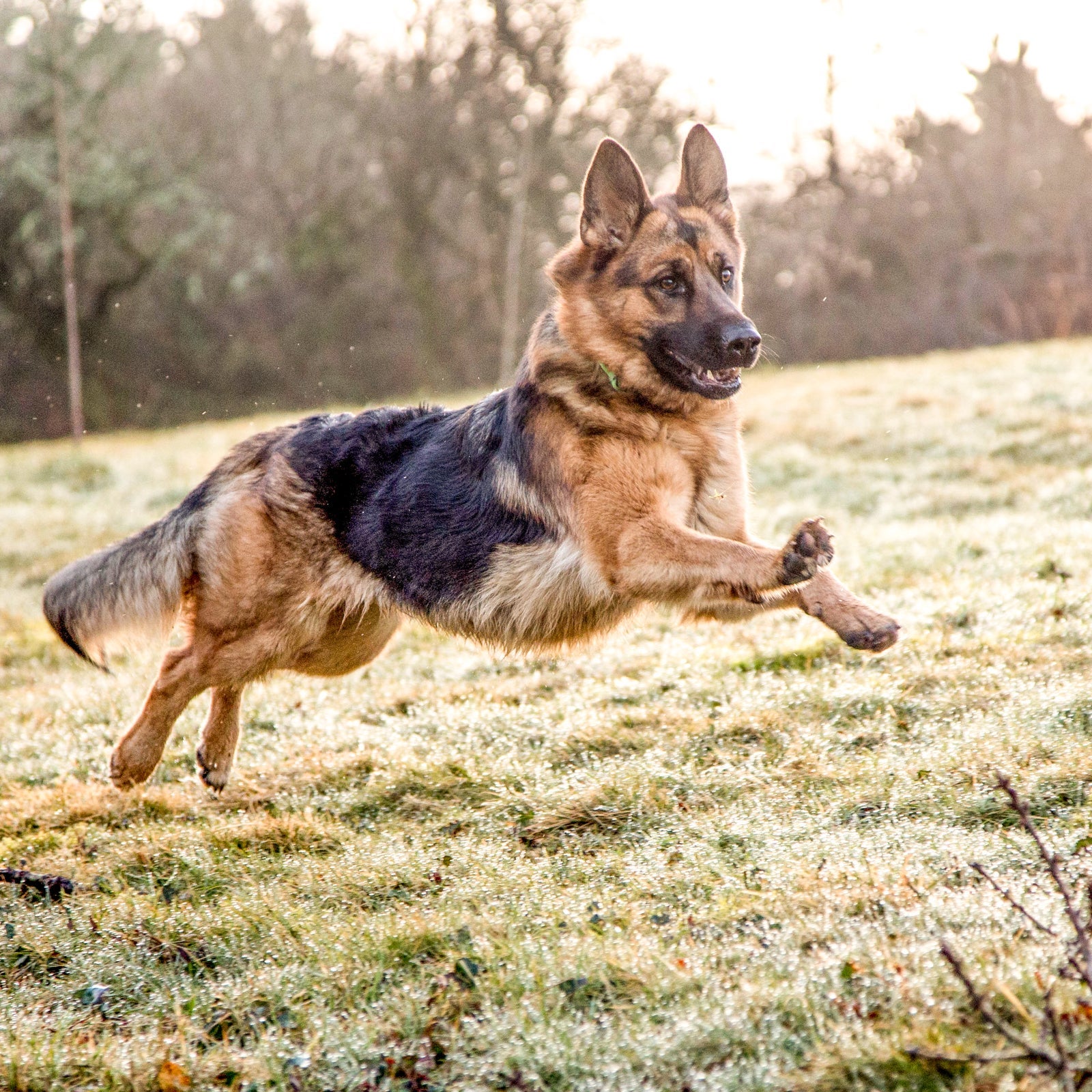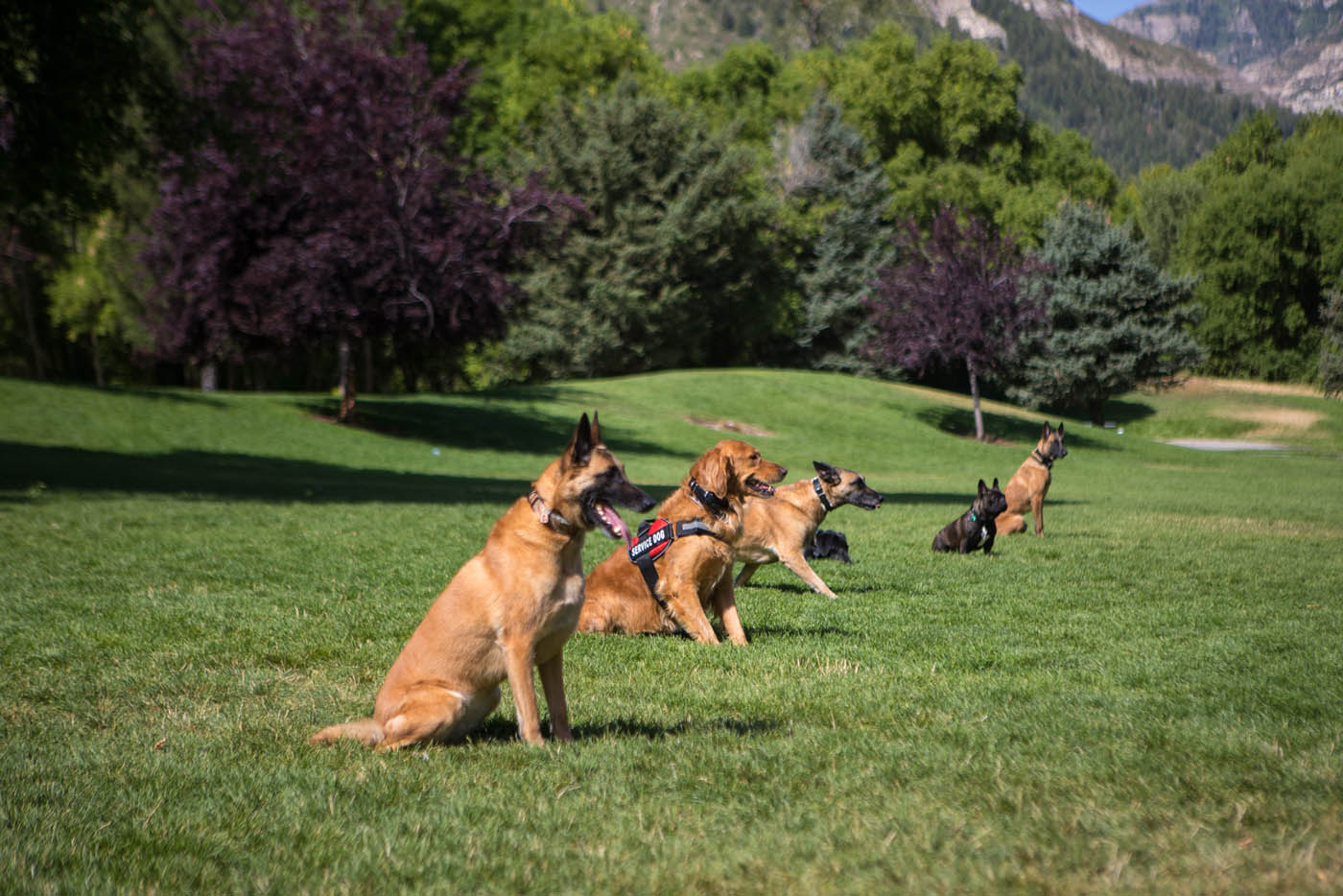How to Master Dog Training and Build a Stronger Bond with Your Pup
How to Master Dog Training and Build a Stronger Bond with Your Pup
Blog Article
Newbie's Guide to Successful Pet Dog Training in your home
Efficiently training a pet at home needs a nuanced understanding of canine habits and effective interaction methods. Establishing clear training goals, utilizing top quality rewards, and preserving consistency throughout household members are critical elements. Integrating training right into day-to-day routines can improve both interaction and retention.
Understanding Canine Habits
Recognizing pet actions is essential for effective training and cultivating an unified partnership in between people and their canine buddies. Canines interact primarily through body movement, articulations, and faces, making it important for owners to translate these signals accurately. Recognizing behaviors such as tail wagging, grumbling, or cowering can provide insights right into a dog's emotion and intents.

Typical behavior problems, such as aggression, anxiousness, or excessive barking, usually stem from misconceptions or unmet needs. Observing and resolving these problems without delay can prevent acceleration and make certain a positive training experience. By cultivating a deep understanding of pet dog behavior, owners can tailor their training approaches to suit their canine buddies, inevitably bring about a mannerly and happy family pet.
Necessary Educating Devices
A well-equipped training area can substantially boost the performance of dog training at home. Vital training devices make sure that both the instructor and the canine can take part in productive sessions that foster discovering and bonding.

Buying a strong leash and a comfy, well-fitting collar or harness is vital for security and control. These tools assist develop limits and make sure the canine remains safe and secure during training. Furthermore, a designated training location, devoid of distractions, aids focus for both the instructor and the dog.
Educating aids such as training pads, cones, or dexterity equipment can additionally improve the experience by presenting variety and difficulties. Having a notebook or electronic app for tracking progression can be important, permitting you to keep in mind successes and locations for improvement. Making use of these important tools will produce a favorable training environment and lay the structure for efficient understanding.
Developing a Training Regimen
Establishing a constant training regimen is essential for effective pet dog training in your home. A well-structured regular not just aids in reinforcing preferred habits yet additionally gives your canine with a feeling of safety and predictability. To produce an effective training regular, start by identifying particular training objectives, such as standard commands, leash walking, or house-breaking.
Pick a marked time each day for training sessions, preferably when your canine is responsive and sharp. Procedure needs to be short, roughly 5 to 15 minutes, to preserve focus and prevent tiredness. Uniformity in timing and environment will boost your dog's understanding experience.
Include training right into everyday activities to strengthen abilities. Method commands during strolls or nourishment, which incorporates discovering into natural routines. Furthermore, continue to be flexible and change the regular as necessary, fitting your dog's power levels and state of mind.
Favorable Reinforcement Methods
Positive reinforcement strategies are basic to efficient dog training, promoting desired habits via benefits instead than penalty. This method utilizes favorable stimulations, such as treats, appreciation, or play, to urge canines to duplicate particular activities. The foundation of this strategy is timing; benefits need to be offered immediately following the preferred behavior to create a clear organization.
When carrying out favorable support, it is important to pick benefits that are motivating for your pet. High-value deals with, such as small pieces of hen or cheese, can be particularly efficient during training sessions. Additionally, differing the benefits can preserve your dog's rate of interest and enthusiasm.
Beginning with simple commands, like "sit" or "stay," and gradually progress to extra complex jobs. Uniformity is essential; make sure that all member of the family use the same commands and incentive systems to avoid complication.
Moreover, it is vital to continue to be person and stay clear of aggravation. Canines, like people, find out at their very own speed. By promoting a supportive training environment through positive try this website support, you can page improve your pet's understanding experience while strengthening the bond between you and your fuzzy friend, laying the groundwork for effective training results.
Usual Educating Obstacles
While training a pet dog in the house can be a rewarding experience, it usually includes a set of common obstacles that can examine both persistence and uniformity. One common concern is disturbance. Pet dogs may come to be quickly averted by noises, activities, and even fragrances in their setting, making it hard to preserve their focus throughout training sessions.
Another challenge is incongruity in commands and support. If member of the family make use of various hints or rewards, it can confuse the canine and prevent progression. Developing a unified technique is crucial for effective interaction.
Additionally, canines can experience disappointment or stress, specifically if they do not understand what is anticipated of them. This can bring about unfavorable habits, such as chewing or barking.
Finally, the timing of reinforcement is critical (Dog training). Delayed benefits can reduce the effectiveness of favorable reinforcement, as dogs might fall short to attach the actions with the incentive
Conquering these challenges calls for commitment, clear communication, and a structured training strategy. Acknowledging and resolving these usual obstacles will certainly lead the way for a more delightful and effective training experience in your home.
Verdict
Finally, successful canine training in the house Read More Here demands an extensive understanding of canine actions and efficient interaction methods. By developing clear training objectives and using top notch deals with together with positive reinforcement, the training procedure comes to be more satisfying for both the pet dog and the trainer. Flexibility, persistence, and consistency are crucial components that assist in knowing. Inevitably, incorporating training into everyday regimens improves the bond between pet and owner, making the experience both enjoyable and effective.
Establishing a constant training regimen is important for efficient pet training at home.Positive reinforcement techniques are basic to effective pet dog training, promoting desired habits with benefits rather than punishment (Dog training). By promoting a supportive training environment via favorable support, you can enhance your canine's discovering experience while reinforcing the bond in between you and your hairy companion, laying the foundation for successful training outcomes
In conclusion, successful pet dog training at home demands an extensive understanding of canine actions and reliable communication techniques. By developing clear training objectives and utilizing top notch deals with together with favorable support, the training process ends up being much more fulfilling for both the canine and the instructor.
Report this page